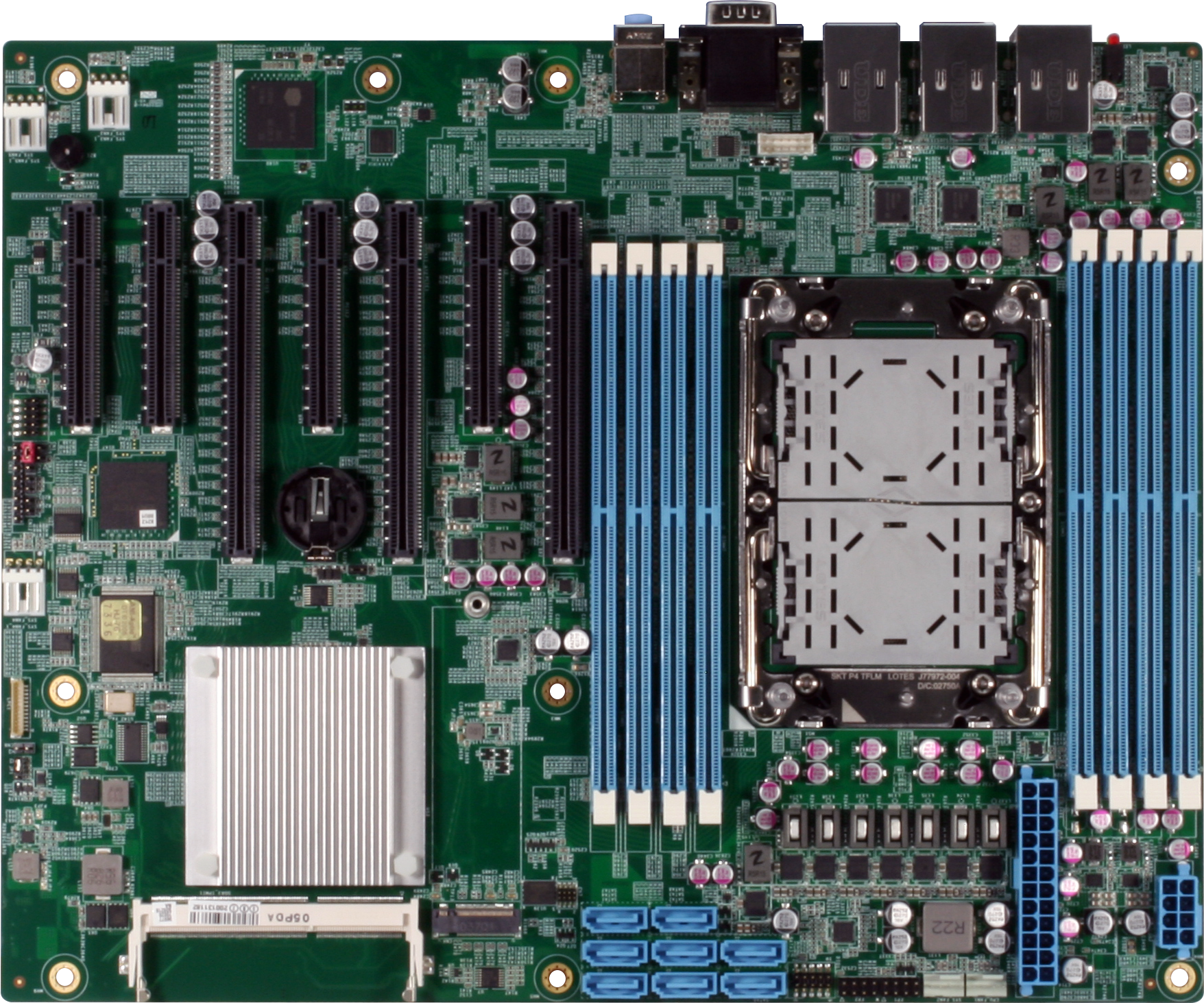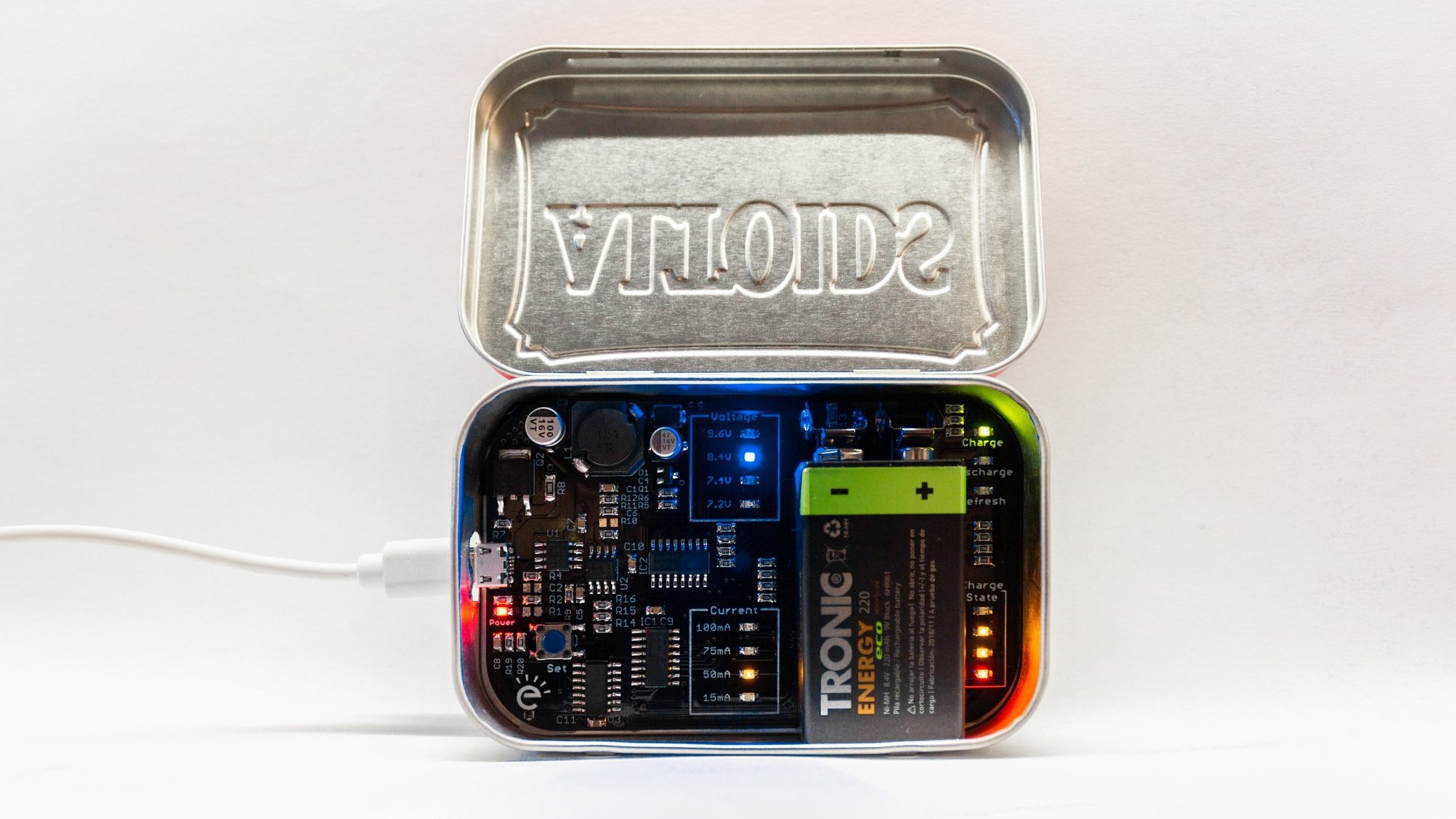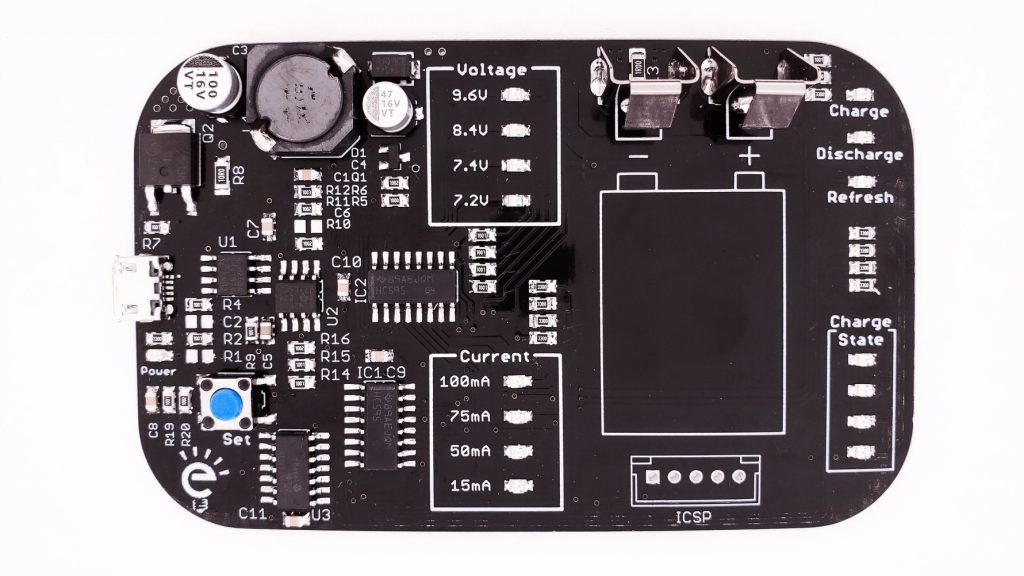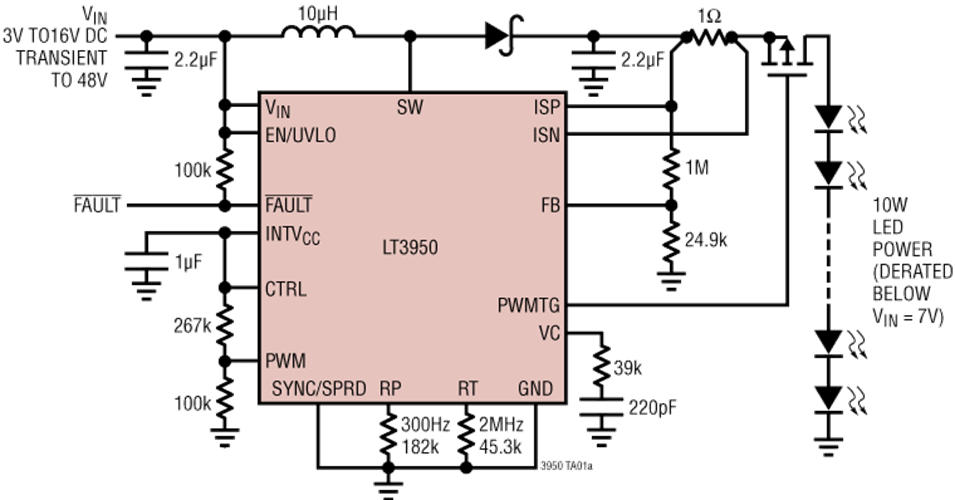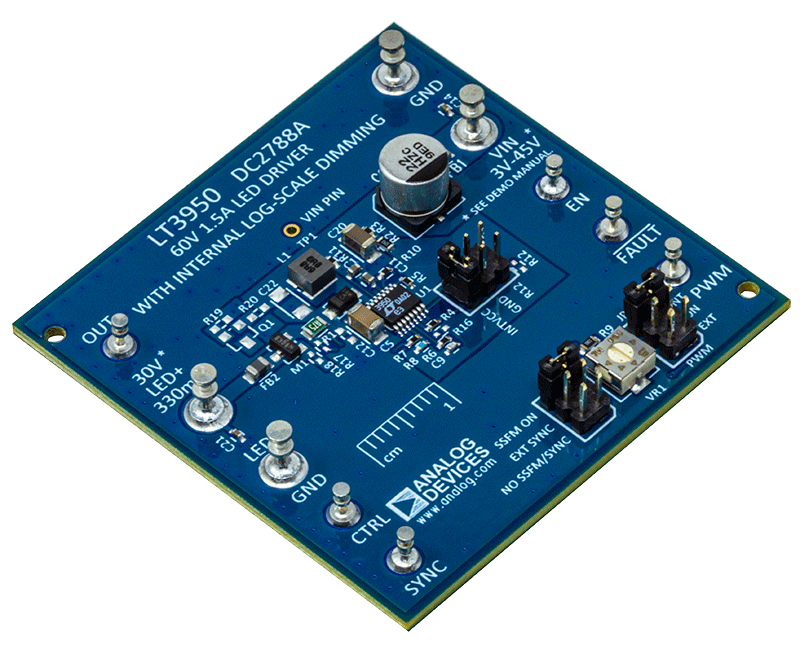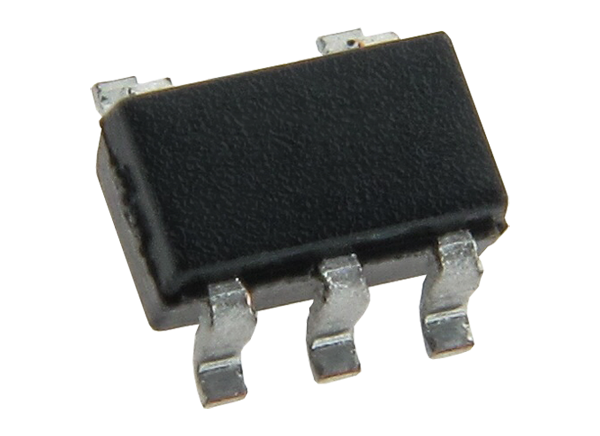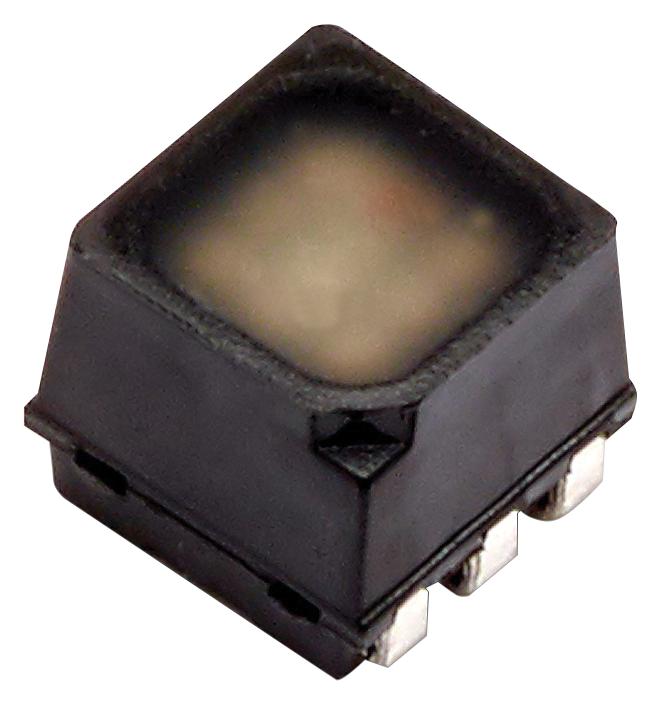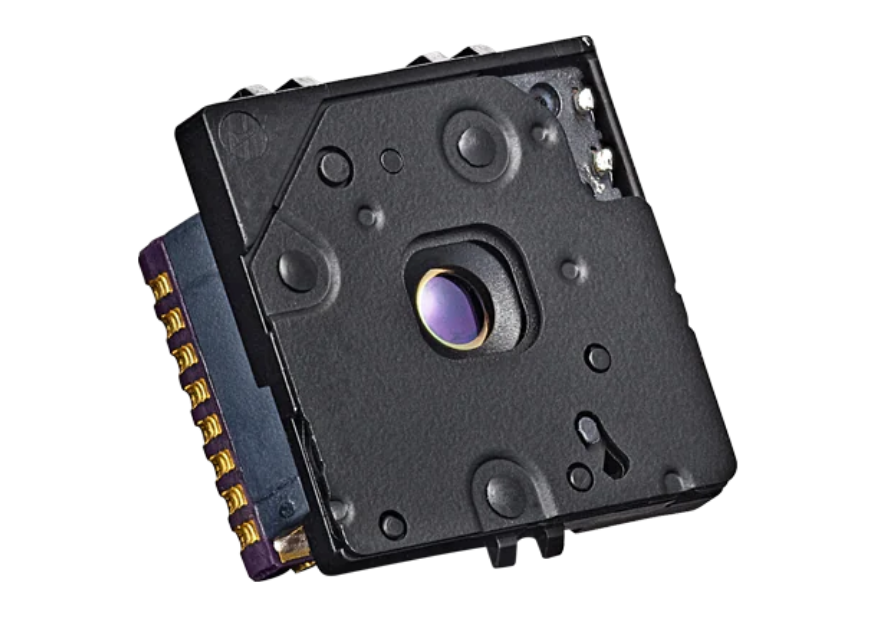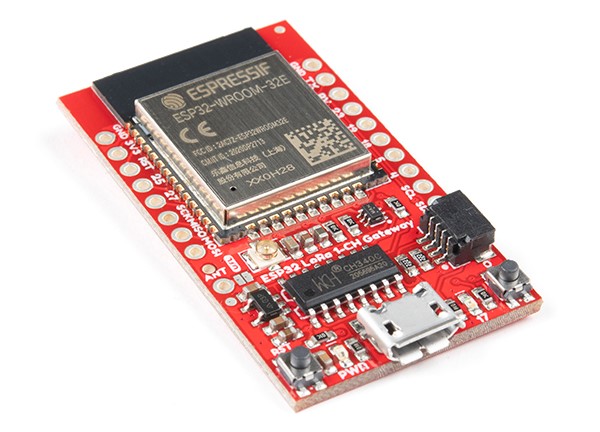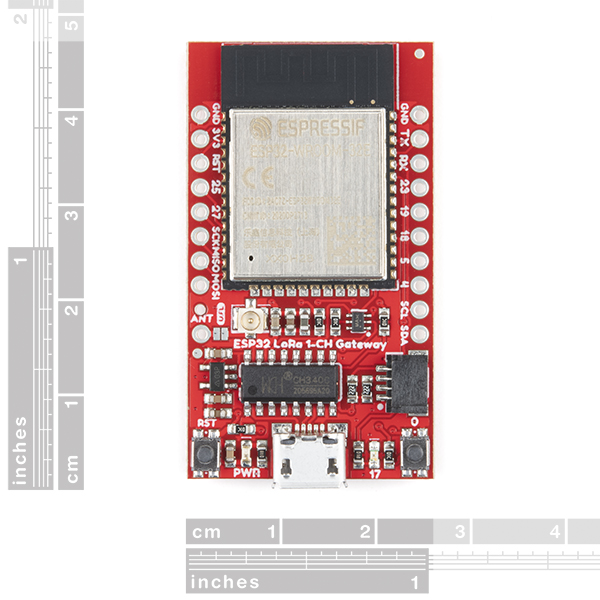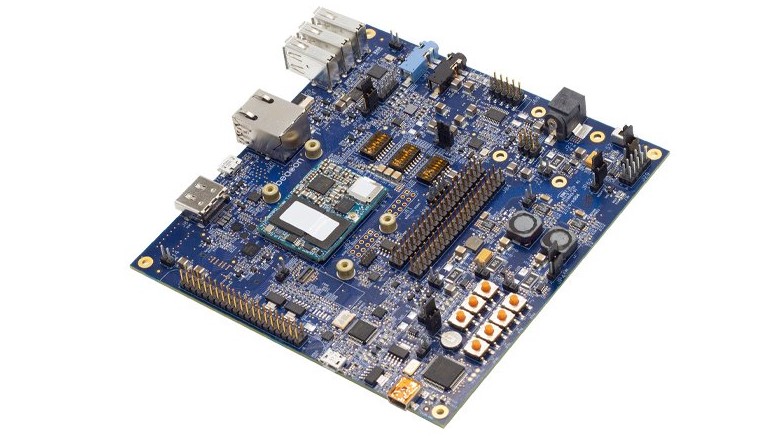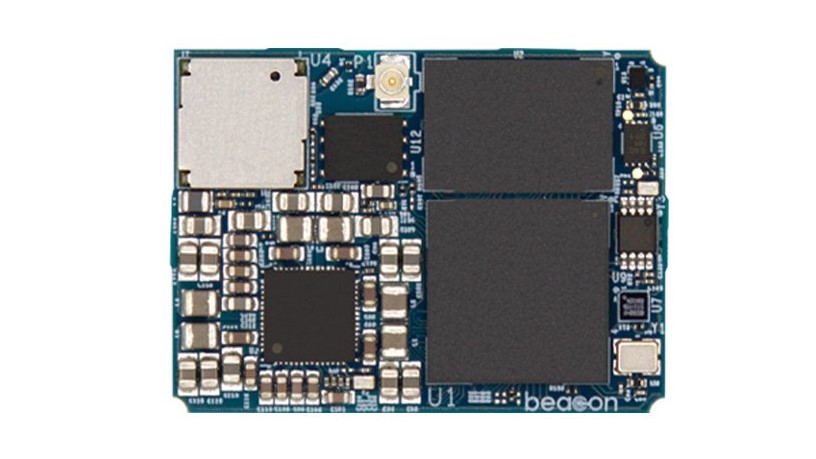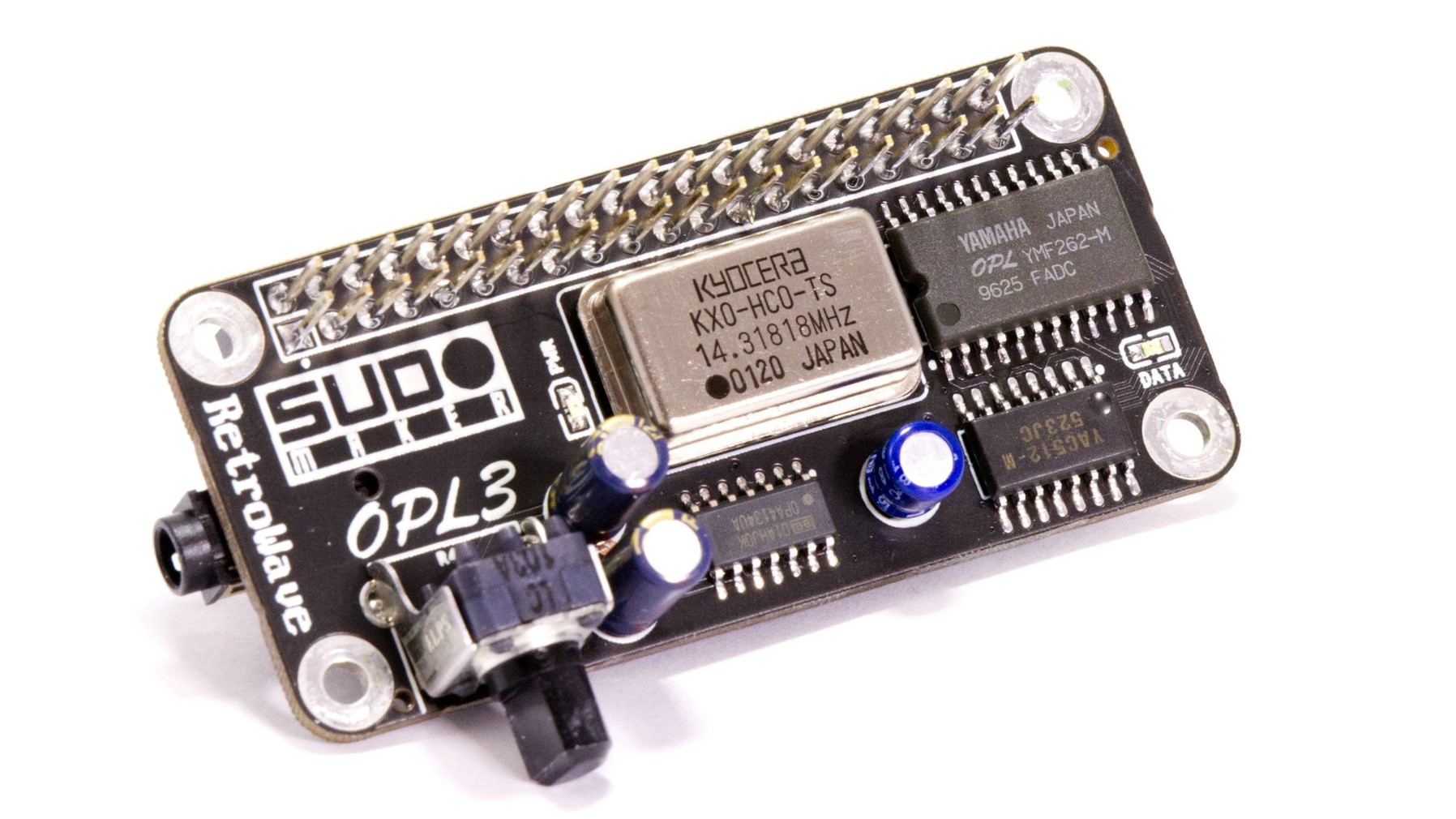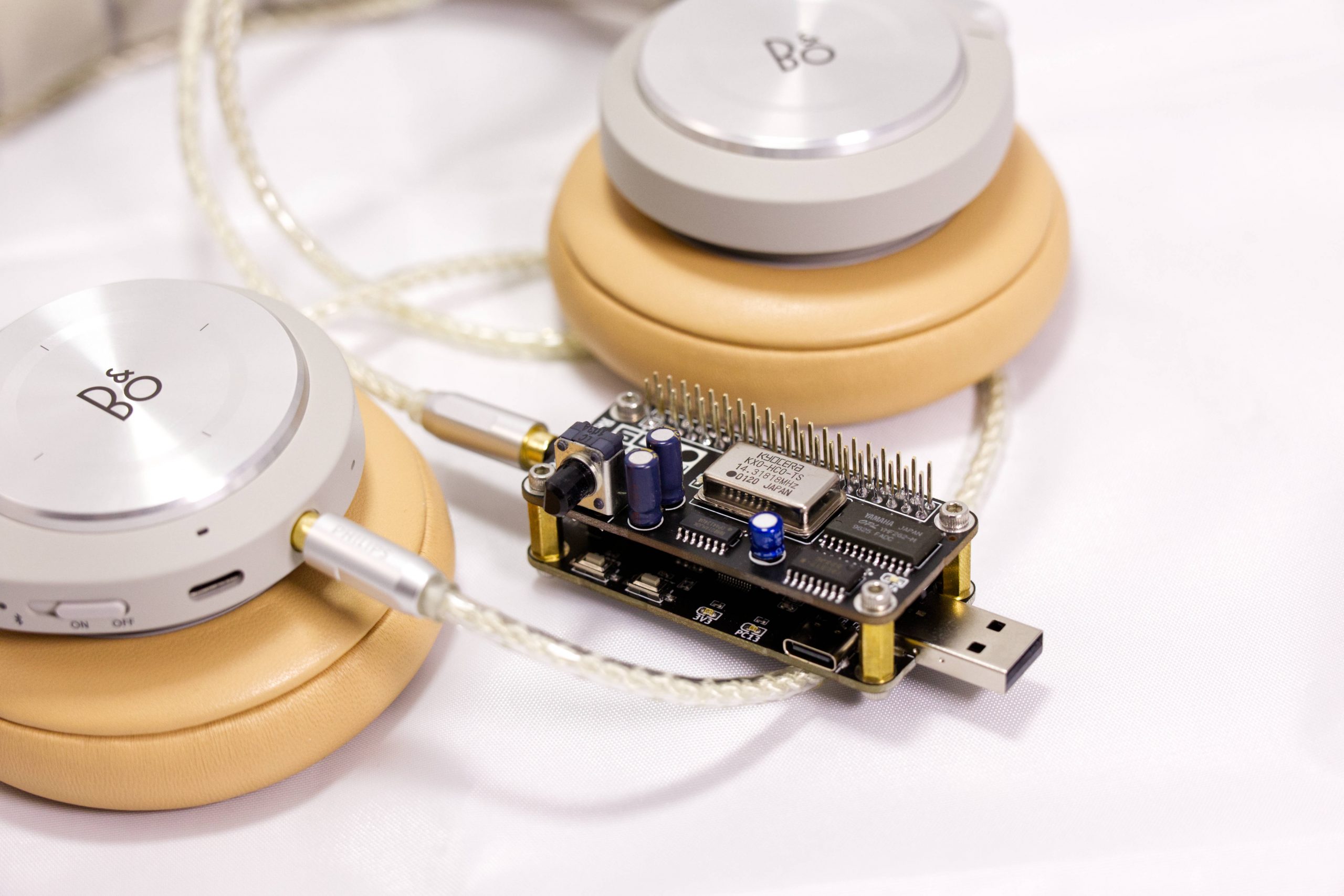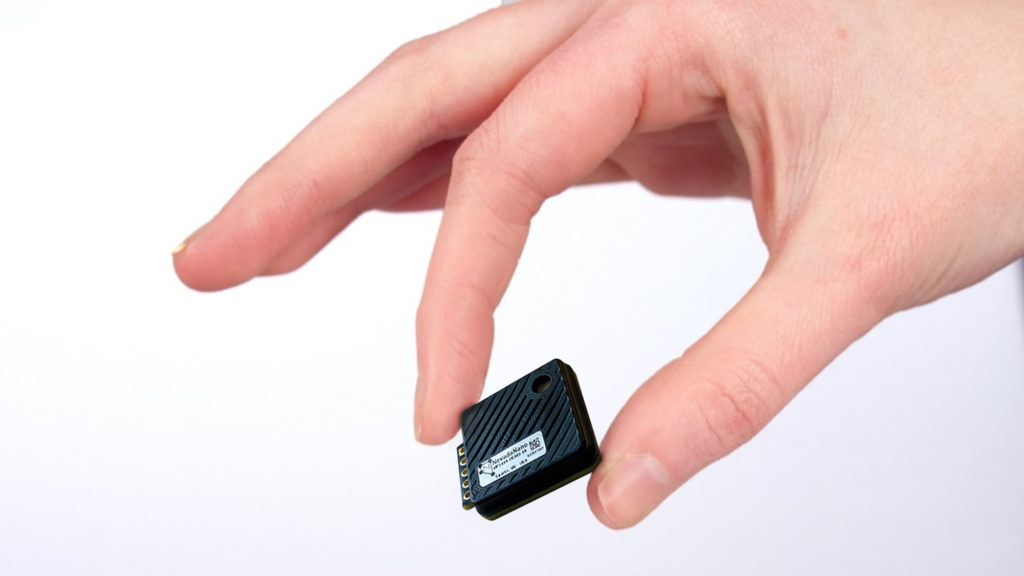AAEON, an industry leader of AI and IOT solutions, is excited to celebrate the launch of Intel’s latest scalable platform, the 3rd Generation Intel® Xeon® Scalable Processors (formerly Ice Lake-SP). As an associate member of the Intel® IoT Solutions Alliance, AAEON is excited to bring this new technology to market with the ARES-WHI0 industrial ATX server board and other future products.
The 3rd Generation Intel Xeon Scalable Processors deliver the next generation of high-end computing performance and support for vital data integrity and security technologies. This new generation of Xeon SP brings higher processing speeds and Intel’s Deep Learning Boost technology, allowing for greater acceleration and more efficient processing for AI server applications.
With the launch of the 3rd Generation Intel Xeon SP, AAEON announces their latest platform, the ARES-WHI0 industrial ATX server board. The ARES-WHI0 takes advantage of the Whitley platform to deliver performance and support for a wide range of deployments from server board, AI computing, and industrial control applications.
The ARES-WHI0 comes equipped with three PCIe Gen 4 [x16] slots and one PCIe 3.0 [x8] with [x16] form factor, allowing the board to power up to four GPUs. This support enables the ARES-WHI0 to power performance demanding applications from AI Edge server to AI-based visual inspection. Additionally, the ARES-WHI0 offers three PCIe 3.0 [x4] slots ([x8] form factor), perfect for frame grabbers, AI accelerators or adding on various functions to meet the needs of individual applications.
AAEON has leveraged their expertise in industrial computing to deliver a board that can integrate easily into various deployments with I/O features including DIO, COM, Audio Jack, and VGA ports. Additionally, AAEON brings leading service and support to ensure the ARES-WHI0 delivers consistent, reliable and long-lasting performance, all at a price point to meet any budget.
The ARES-WHI0 delivers support for greater storage capability, with eight SATA III (6.0 Gbps) ports, with RAID support, as well as NVMe. The board also features support for the latest Intel® Optane™ Persistent Memory 200 Series Modules, allowing greater flexibility and storage speeds in data server applications.
AAEON has worked closely with Intel to deliver an innovative server board solution which leverages the latest in Intel technologies with the 3rd Generation Intel Xeon SP. For more information on how the ARES-WHI0 can bring next generation technologies to your server, AI, and industrial applications, visit www.aaeon.com.


